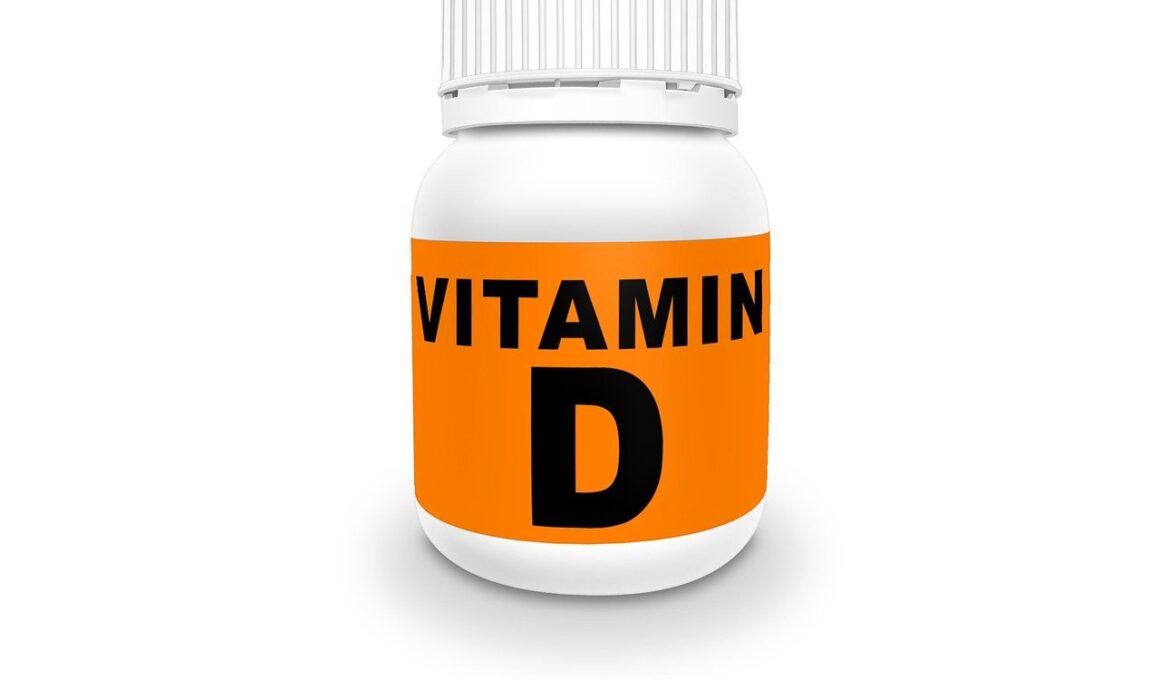Reading Expiration Dates and Storage Instructions on Sports Nutrition Labels
Understanding expiration dates on sports nutrition labels is essential for athletes concerned with performance and health. Expiration dates inform the user of how long the product will maintain its intended quality. Each product will generally have a printed date that signals when its effectiveness might begin to decline. This date can vary significantly depending on the composition of the product, whether it’s protein powders, energy bars, or drinks. Commonly, dry goods like protein powders last longer than liquids due to moisture content. Checking expiration dates ensures you consume products with maximum efficacy, which can contribute positively to your workout performance. Notably, these dates are not arbitrary; they also consider product storage conditions. It is advisable to also conduct periodic checks for any changes in smell, color, or texture, as these could indicate spoilage. Manufacturers typically test their products under specific conditions to determine their freshness period, thus providing crucial information. Using expired products might lead to suboptimal results or unhealthy consequences, especially when nutritional integrity declines. Always prioritize freshness for consistent athletic performance and effective recovery after intense training.
In addition to expiration dates, storage instructions on sports nutrition labels provide vital information. Proper storage is key to maintaining the nutritional value of the products. Coaches and athletes must adhere to these guidelines to prevent unnecessary loss of nutrients. For instance, protein powders should be kept in a cool, dry place, away from direct sunlight, to avert spoilage. Products stored improperly can lead to premature expiration, reducing their effectiveness. Likewise, opened products might have different storage parameters compared to sealed ones. Many athletes overlook this aspect, contributing to diminished results from their nutritional regimen. Furthermore, the protective packaging often includes seals or pouches designed to enhance shelf life, so it’s critical to maintain these seals until usage. Additionally, checking for air exposure and moisture can help ensure optimal freshness during storage. Athletes should familiarize themselves with specific guidelines per product, which may include refrigeration or avoidance of humid areas. Products that do not maintain their intended environment may become less effective, and athletes should always confirm how to prolong the shelf life of each item for maximum performance advantage.
Detecting Storage Issues Affecting Nutritional Products
Monitoring sports nutrition products for storage-related issues can prevent athletes from consuming degraded items unintentionally. Athletes should develop a routine check for their nutrition supplies, especially if they notice unusual appearances or smells. For instance, a change in odor may indicate spoilage, and any discoloration might be a sign of chemical changes that affect nutritional quality. Furthermore, sealed packages that swell or leak should be discarded immediately to avoid health risks. Athletes can enhance their awareness by labeling items with purchase dates to monitor nearing expiration dates effectively. Maintaining a clean and organized storage environment reveals potential hazards that could harm the nutritional integrity of the products. Knowledge of these aspects can ensure that athletes use their supplements within recommended timelines. Regular inspections will allow athletes to minimize waste while maximizing performance nutrition benefits. In an athlete’s demanding schedule, aligning nutritional strategies with performance goals is essential. By safeguarding against storage errors, athletes can maintain their rigorous training programs. Burnout may ensue when inadequate nutrition leads to decreased energy levels, impeding overall performance during critical training moments.
In addition, it’s crucial to understand the implications of consuming expired sports nutrition items. While some products might appear safe for consumption post-expiration, this isn’t a universal truth; different products exhibit varying degrees of stability. Expired products may not meet their label promises, which can affect both energy levels and recovery in athletes. High-performance nutrition needs reliable and effective supplementation to support rigorous training routines, demanding proper mindful consideration of product use. Another aspect athletes often overlook is the incremental decline in flavor that may be noticeable once products pass beyond their expiration date. This can deter athletes from consuming these nutrients when flavor plays a significant role in encouraging adherence. A well-designed nutrition regimen should encompass effective, palatable choices. Athletes often face psychological barriers when consuming stale or expired nutrients, influencing their overall nutrition choices negatively. Therefore, monitoring and ensuring the freshness of their supplies is equally vital as adhering to general training guidelines in sports nutrition. This creates a more consistent approach towards meeting their performance demands optimally for long-term success.
Educating About Resetting Athletic Nutrition Regimens
Resetting nutrition regimens may be necessary if athletes experience consistent performance plateaus. Awareness of expiration dates and storage guidelines enhances this adjustment process, allowing for timely consumption of quality products. When products consistently fall short of expectations, it might be a sign that nutrition choices need reevaluation. Education around reading labels, particularly expiration dates, offers athletes confidence in their product selection. Engaging in nutritional education can improve reliance on fresh, effective supplements for better results. Various outlets, such as bookstores, websites, and nutrition webinars, provide athletes with valuable insights into reading and understanding sports nutrition labels. Moreover, consulting with registered dietitians or sports nutritionists promotes personalized strategies aimed at optimizing dietary intake effectively. Knowing how each individual reacts to specific nutritional products can prevent setbacks in performance. Athletes can also benefit from organizational systems designed to ensure their stored supplies align with freshness requirements. By effectively updating their regimens based on reliable practices, athletes secure long-lasting peaks in both training and competitions. Maintaining emphasis on date and storage vigilance can significantly enhance their overall health and performance outputs during critical athletic pursuits.
To summarize, athletes must possess the knowledge concerning sports nutrition labels, particularly focusing on expiration dates and storage recommendations. This foundational understanding empowers athletes not only to make informed choices but also enhances their performance through better nutrition strategies. Awareness is an athlete’s best ally; thus, fostering skills to verify product freshness becomes indispensable. Each athlete’s journey demands unique performance metrics that nutrition supplements must support. Reliable consumption requires commitment and discipline, integrating label education into routine practices. Ongoing education prioritizes athlete interests by ensuring timely, effective fuel intake designed to augment training regimes. Decision-making should hinge on comprehensive assessments involving the contents of nutrition labels, including expiry dates and storage guidance. This way, potential health risks can be avoided while maximizing intended benefits. Lastly, fostering community conversations around proper nutrition can open doors for unique insights tailored to the athletic population. Implementing peer discussions ensures shared experiences to enrich choices, enhancing understanding of how best to navigate the complexities in dietary supplements and their role within athletic training, making this a pivotal aspect of an athlete’s nutrition journey.
Conclusion
The relationship between effective nutrition and athletic performance cannot be overstated. Reading expiration dates and storage instructions on nutrition labels represents a fundamental aspect of an athlete’s nutritional regimen. Prioritizing fresh, quality products nourishes the body appropriately while aligning with performance goals. Athletes should cultivate diligence in reviewing these vital details, turning knowledge into actionable plans. Verifying product quality becomes essential in driving optimal results at competitions or training sessions. Besides shelf stability, understanding the nutritional profiles offers insights into enhancing athletic diets to meet evolving demands. Fostering communities around shared practices influences effective knowledge dissemination among peers aspiring for consistent improvements. Regular discussions maintain awareness, amplify accountability, and drive shared success among athletes. Moreover, every small effort in nurturing and enhancing nutrition practices yields significant dividends in performance outcomes. This collective commitment translates into better wellbeing and peak athletic capabilities, ultimately fostering a culture dedicated to excellence. In conclusion, investing time and focus on sports nutrition label education fortifies both health and performance goals, ensuring athletes reach their aspirations dynamically and effectively without unnecessary risks.


